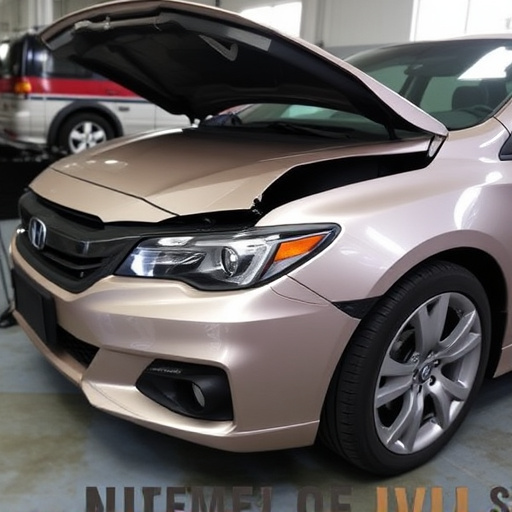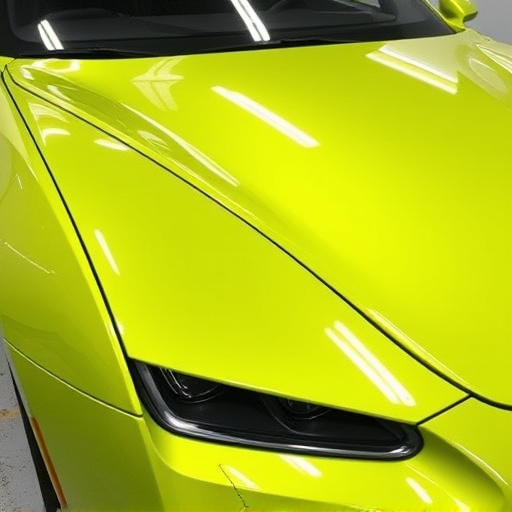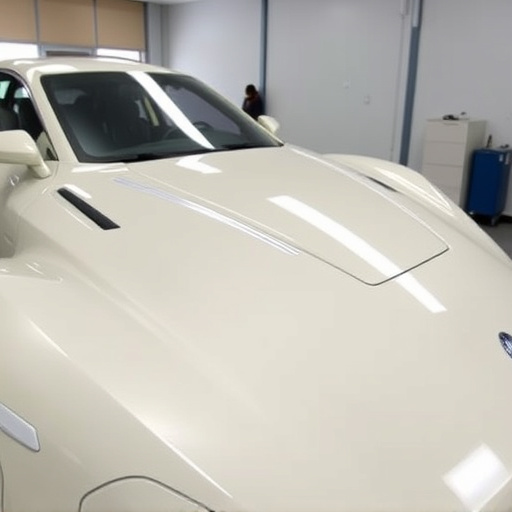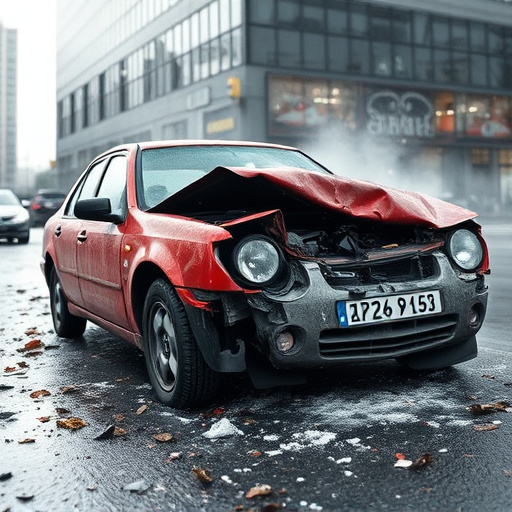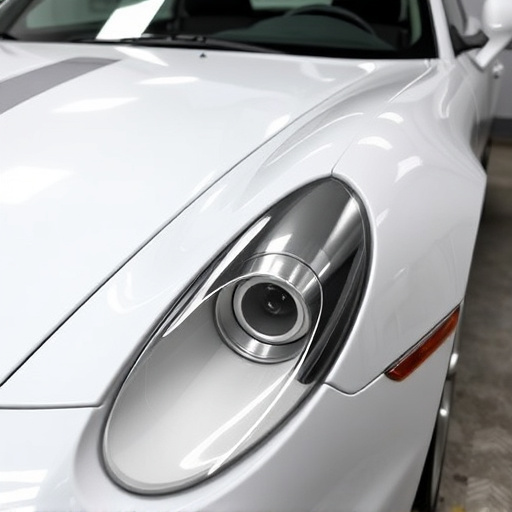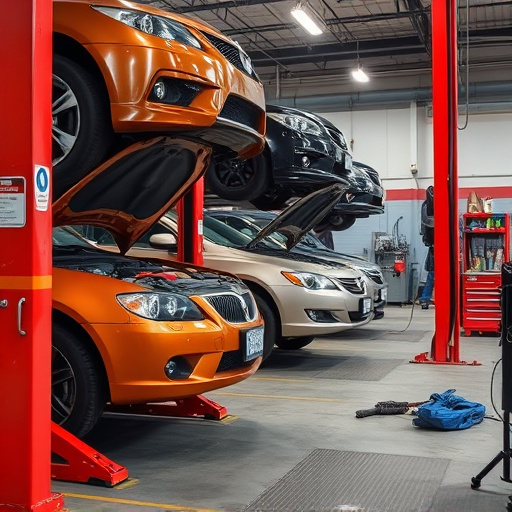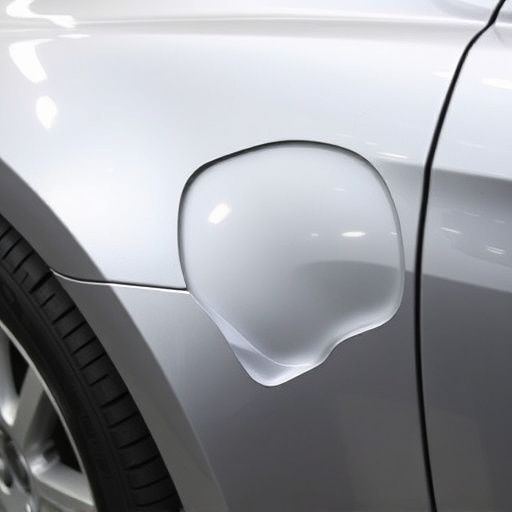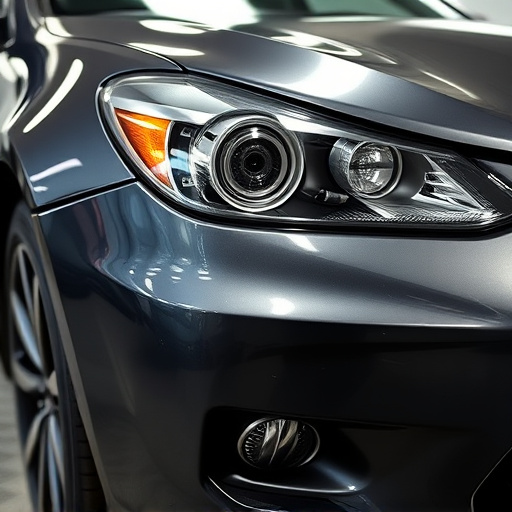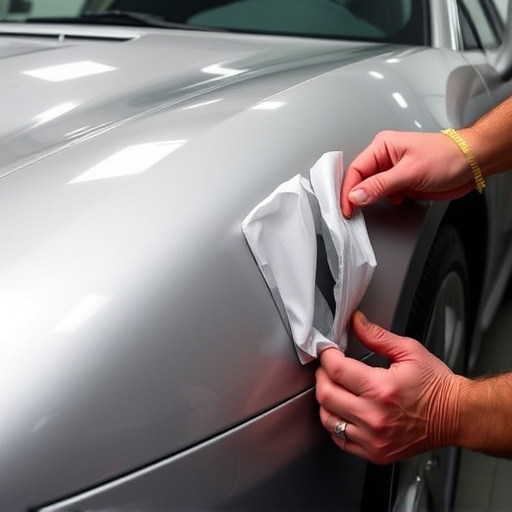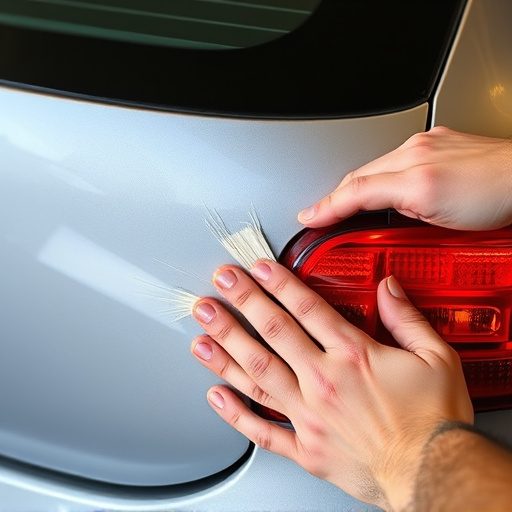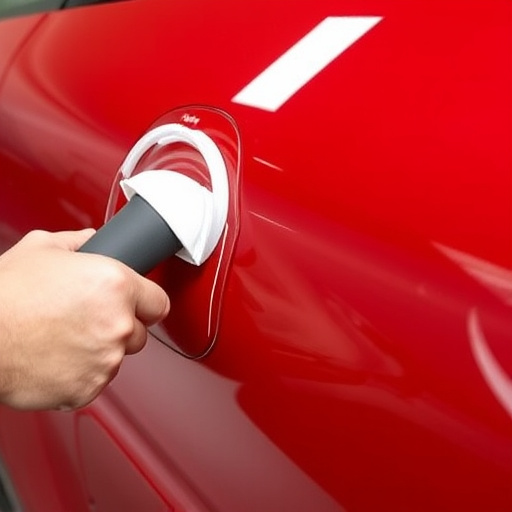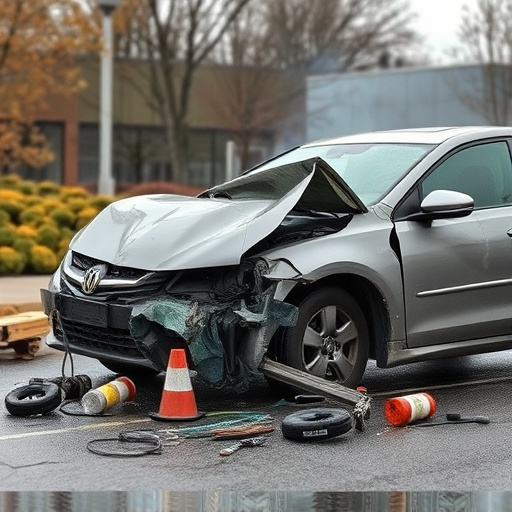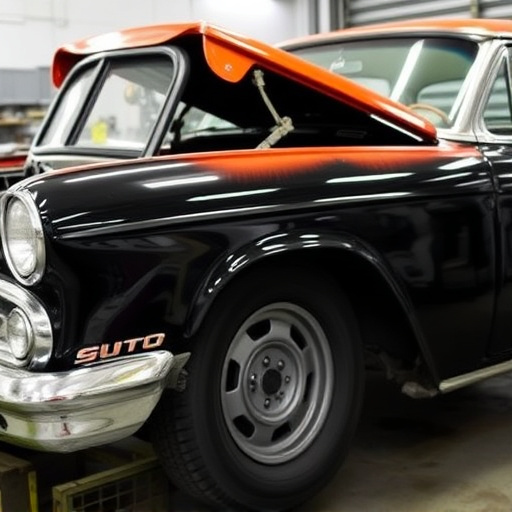Modern advancements in plastic body part repair, driven by tools and polymer science, enable precise fixes once thought impossible. Techniques like heat welding, ultrasonic welding, and advanced filling compounds match original quality. Democratization makes auto repairs more accessible and cost-effective. Safety is paramount, with strict adherence to best practices using certified materials and techniques for minimal risks. 3D scanning and CAD are revolutionizing replacements, offering precise fits, seamless finishes, and reduced environmental impact over traditional methods.
In the realm of plastic body part repair, experts share their best practices to enhance patient outcomes. This comprehensive guide delves into advanced techniques, prioritizing patient safety through meticulous best practices and guidelines. We explore common challenges and unveil innovative solutions, ensuring professionals stay at the forefront of this vital discipline. Discover expert insights on plastic body part repair for enhanced precision and care.
- Advanced Techniques for Plastic Body Repairs
- Patient Safety: Best Practices and Guidelines
- Common Challenges and Innovative Solutions
Advanced Techniques for Plastic Body Repairs
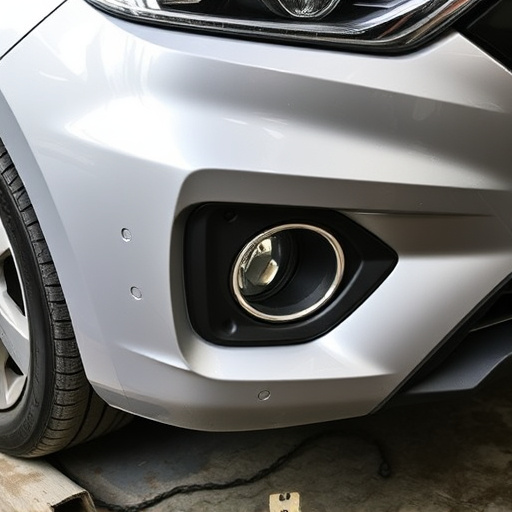
In the realm of plastic body part repairs, experts continuously push the boundaries of what’s possible with advanced techniques. Gone are the days when simple fender benders meant irreplaceable or expensive car body restoration. Today, specialized tools and an enhanced understanding of polymer science allow for precise, intricate fixes that were once thought impossible. These innovations have democratized auto repair, making it more accessible and cost-effective for all.
Automotive repair professionals now employ a combination of techniques such as heat welding, ultrasonic welding, and advanced filling compounds to match the original manufacturing quality. Heat welding, for instance, utilizes concentrated heat to fuse plastic surfaces seamlessly, while ultrasonic welding uses high-frequency sound waves to create strong bonds. This level of craftsmanship ensures that repaired plastic body parts not only look good but also maintain their structural integrity, leaving no trace of a previous fender bender.
Patient Safety: Best Practices and Guidelines
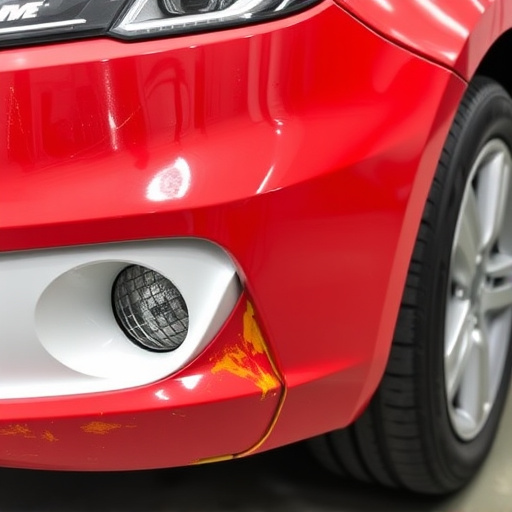
When it comes to plastic body part repair, patient safety is paramount. Experts emphasize adherence to strict best practices and guidelines to ensure minimal risks and optimal outcomes. This includes utilizing certified materials and techniques specifically designed for plastic components, as using incompatible substances can lead to adverse reactions or long-term damage. Proper ventilation and protective gear are non-negotiable in workshops handling these repairs, safeguarding both patients and technicians from hazardous fumes or debris.
Beyond protocols, clear communication between repair specialists and clients is vital. Patients should be fully informed about the process, potential risks, and alternatives, empowering them to make informed decisions. Regular training and updates on industry standards are also crucial for professionals in this field, as advancements in technology and materials demand continuous learning. This commitment to safety not only ensures positive experiences for patients but also strengthens the reputation of car bodywork services, including scratch repair and automotive repair, offering reliable and safe solutions for plastic body part repairs.
Common Challenges and Innovative Solutions
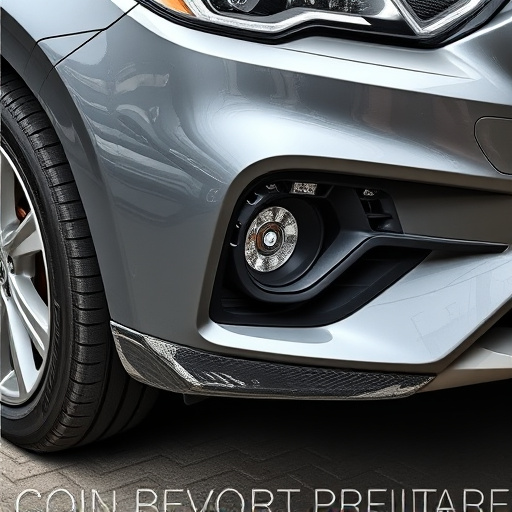
The field of plastic body part repair is constantly evolving to meet the demands of a diverse automotive industry. Common challenges include restoring damaged parts to their original specifications while ensuring structural integrity and aesthetic precision. Many traditional methods, such as welding and painting, can leave visible traces or fail to match the exact color and texture of the vehicle’s exterior.
Innovative solutions, however, are reshaping the landscape of plastic body part repair. Techniques like paintless dent repair (PDR) have gained popularity due to their ability to restore damaged areas without the need for painting or extensive fabrication. PDR specialists use specialized tools and techniques to gently push out dents, leaving no visible evidence of damage. This not only reduces repair times but also minimizes the environmental impact associated with traditional repainting processes. Moreover, car repair shops are adopting advanced technologies, such as 3D scanning and computer-aided design (CAD), to accurately measure and replace damaged parts, ensuring perfect fitment and a seamless finish, whether it’s for vehicle dent repair or more complex plastic body part replacements.
As we’ve explored advanced techniques, patient safety protocols, and innovative solutions in plastic body part repair, it’s clear that this field is continually evolving. By adhering to best practices shared by experts, we can ensure safer, more effective repairs for patients. As technology progresses, the future of plastic body part repair holds even greater promise, offering hope and improved quality of life for those seeking restoration and rejuvenation.
